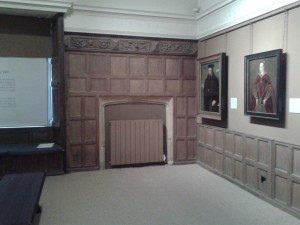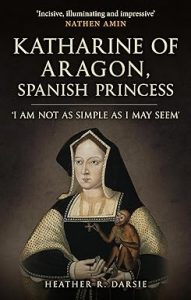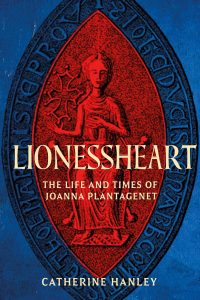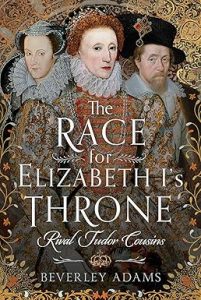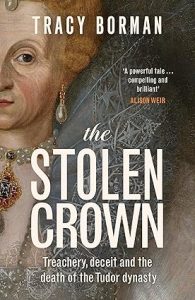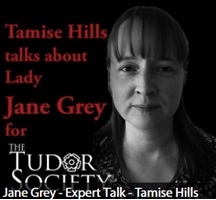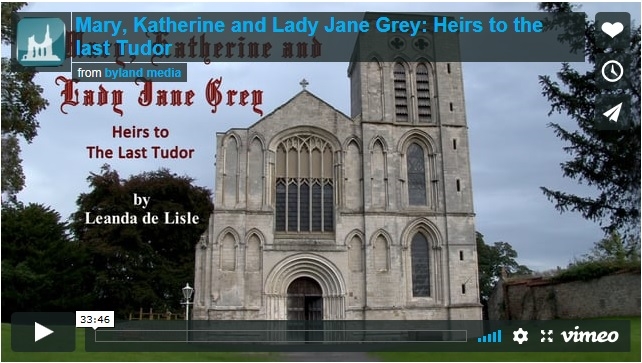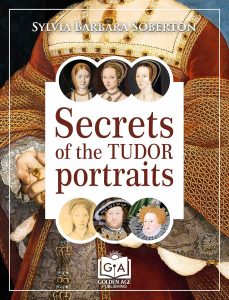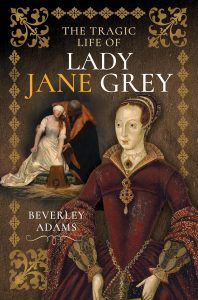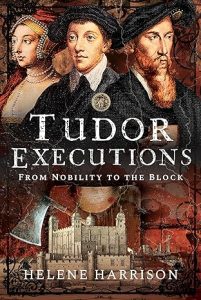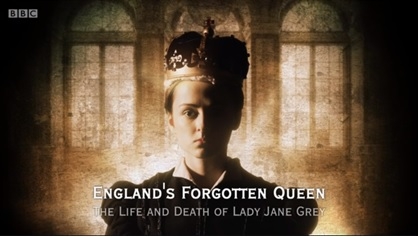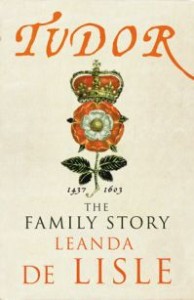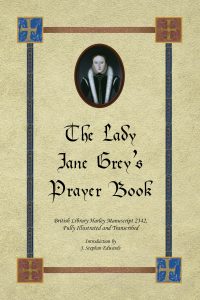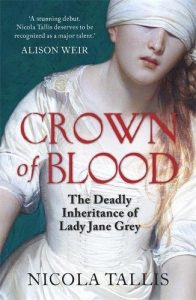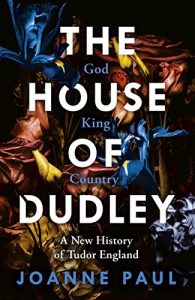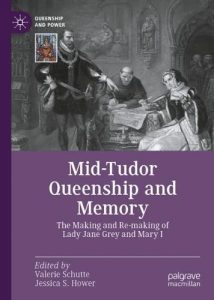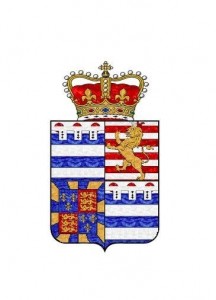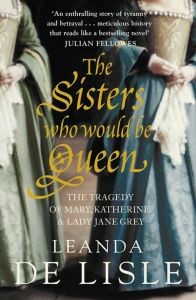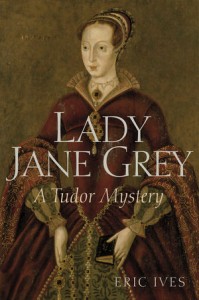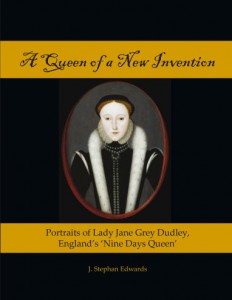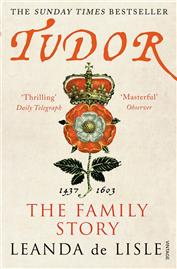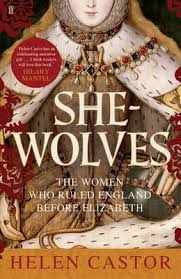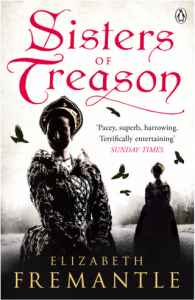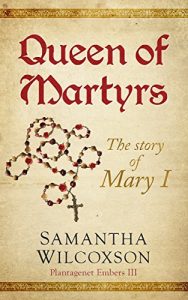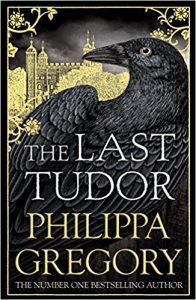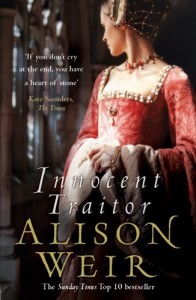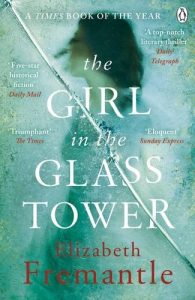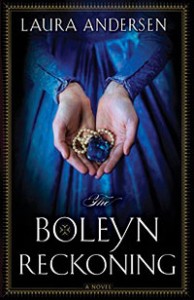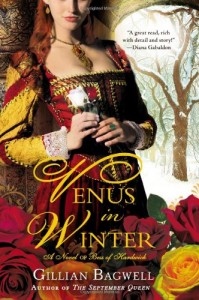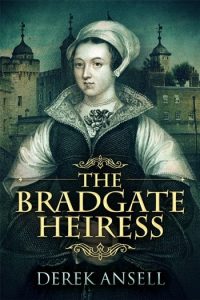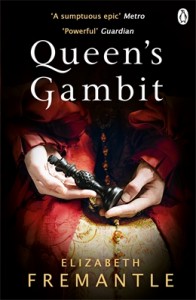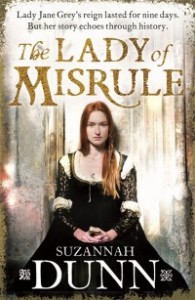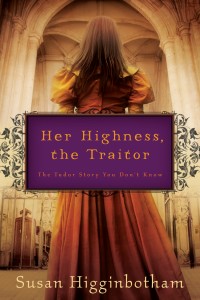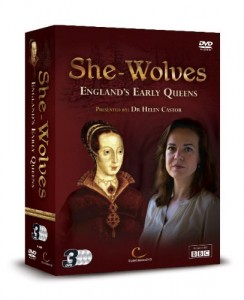The 25th of May was the 461st anniversary of the marriage of Lady Jane Grey to Lord Guildford Dudley. In November last year, Dr Stephan Edwards announced on his website, Some Grey Matter, his discovery of two letters that mention Jane.
I thought that Jane and Guildford’s wedding anniversary would be a good time to look at what, if anything, these new letters have added to our knowledge of their wedding.
Edwards writes that the letters appear in the third volume of ‘Lettere di Principi’ a series of ‘a collection of letters to, from, or about a wide variety of early-sixteenth-century European rulers, noblemen, and princes of the Roman Catholic Church’ (1), which was published in 1577 by Giordano Ziletti. According to Edwards, the author and recipient of the letters are unknown but he thinks that they were written by a member of the Venetian diplomatic embassy.
This is the translation of the section of the first letter, dated 24th July 1553.
‘Northumberland has five sons, four of whom are already married, and a handsome youth named Guildford, [his] fourth son [who] was wedded to Lady Jane, whom Northumberland had in mind to make Queen, and perhaps with consideration that the crown might not only have been transferred to the head of the son, as already the same was said of them, but to seize it from there after a while for himself, proposing the inability of the young man to carry such weight as the administration of the affairs of the Realm, and his [i.e., Dudley’s] great courage, which truly was large. He might have had things done in fear of God. The Duke of Suffolk, Jane’s father, was persuaded of it, and overcome by the inducements and effective methods of this man. But the Duchess of Suffolk with all her household would not have wished [it], and the daughter was forced there by the father, with beating as well.’ (2)
This letter tells us the following about the wedding:
• Details about some of the wedding celebrations.
• Jane was forced to wed Guildford Dudley by her father Henry Grey, Duke of Suffolk.
• Her mother, Frances Grey, Duchess of Suffolk, did not want her to marry Guildford.
Eric Ives writes that the weddings were not mentioned by English chroniclers but they were mentioned in dispatches by the Imperial Ambassador and other members of the Imperial embassy. (3)
In a letter dated 12 May 1553, Jean Scheyfve wrote to the Emperor about the plans in place for the wedding.
‘This Whitsuntide the marriage of the Duke of Northumberland’s son to the eldest daughter of the late Duke of Suffolk is to be celebrated. They are making preparations for games and jousts. The King has sent presents of rich ornaments and jewels to the bride.’ (4)
He sent a further report to the Emperor after the 25 May that, ‘the weddings were celebrated with great magnificence and feasting at the Duke of Northumberland’s house in town.’ (5)
In another letter dated the same day (30 May 1553), Scheyfve gave further details to the Bishop of Arras.
‘ M. de Boisdauphin was invited to the weddings and banquets, to which he went on the first and second day. The new ambassador was not asked; but M. de L’Aubespine and the Venetian ambassador both went on the second day.’ (6)
Giovanni Francesco Commendone (‘a papal secretary sent by Julius III’) (7) in his 1554 account of ‘Events of the Kingdom of England,’ included the following details.
‘Therefore the wedding was performed the same year at Whitsuntide with the most splendid ceremonies and with the attendance of large number of the common people and of the most principal of the Realm.’ (8)
According to Dr Edwards’ translation, the author of this new letter wrote:
‘So that finally the wedding was conducted with such splendor that I have not seen anything similar in this kingdom. One of the days of the festivities, Jane not being out to dine in public, the Ambassador of France and that of Venice took her place, between two Marquesses, one on the right and the other on the left. At another table were Duchesses and Baronesses. The Ambassadors’ table was served as though Jane was there, that is to say by Lords and honored gentlemen, and kneeling with every ceremony toward the Ambassadors as would be shown to the King at a solemn banquet.’ (9)
Although Scheyvfe’s letter to the Bishop of Arras states that the festivities lasted two days, from this new letter, we learn that Lady Jane Dudley was not present at one of the banquets. From Jean de Scheyve’s letter of 30th May, we know that the Venetian Ambassador attended the wedding on the second day. Therefore it would appear that Jane only dined in public on the first day.
The letter also gives details of how Jane resisted marrying Guildford and was beaten by her father. Historian Leanda de Lisle, has commented on the significance of the letter on her website blog, ‘the new letter also offers the first recorded mention of Jane’s father, Henry Grey, Duke of Suffolk, beating her, to press marriage on her.’ (10)
Ives writes that the first account of Jane being forced to wed was from Commendone. According to Ives, Commendone ‘arrived in London on 8 August and was back in Rome by 8 September.’ (11) Therefore, the earliest he could have heard of this was after the first week of August.
‘And he made arrangements to marry his third son to the first-born daughter of the Duke of Suffolk, Jane by name, who although strongly deprecating such a marriage, was compelled to submit by the insistence of her Mother and the threats of her Father.’ (12)
Ives states that one of the next mentions of force being used to persuade Jane to marry was in the ‘pirated edition of Girolamo Raviglio Rosso’s History of Events in England’, which was published in 1558. (13) According to Ives, the official version published in 1560 was ‘more guarded: ‘Although she resisted the marriage for some time…she was obliged to consent, urged by her mother and threatened by her father.’ (14)
De Lisle has also commented on the significance of the letter in terms of Frances, Duchess of Suffolk’s view of the marriage. She writes:
‘One of the many fascinating things in the new Italian letters discovered by Stephan Edward is that the first of these, dated July 24th 1553, describes how Frances opposed her daughter’s marriage to Guildford – something she is recorded as having told Mary face to face on the 29th, as I note in my book The Sisters Who Would be Queen.’ (15)
According to Ives, this view is also reported in Wingfield’s ‘Vita Mariae’, which is the ‘earliest English account’ of events of July 1553. (16) Whereas we have seen that both Commendone and Rosso reported that the Duchess supported the match.
As well as bringing to light a possible new detail about Jane at her wedding, this letter, as de Lisle has argued, gives the earliest evidence of the story that Jane was beaten into agreeing to the marriage and that her mother stood against it.
De Lisle questions the truth behind the version of events given in the letter, writing that:
‘It could be, of course, however, that neither Jane nor Frances had truly opposed the marriage and this was simply the stratagem to get a pardon, with Henry Grey’s actions explained by the fact he was ‘induced’ into agreeing to the marriage by Guildford’s father, Northumberland – an excuse given in the letter of the 24th as well as by Frances on the 29th.’ (17)
Whatever the truth about who opposed the marriage and how much the Duke of Suffolk had to be persuaded by Northumberland, this letter shows how quickly the blame was being placed on Northumberland by those involved. Jane’s reign came to an end on 19th July and by the 24th this version of events was in circulation.
Sources
1. Edwards, S. Some Grey Matter – Lettere di Principi, le quali si scrivono o da principi,
ragionano di principi – An Introduction to this source Date accessed: 27 May 2014
2. Edwards, S. Some Grey Matter – Two Letters Concerning Lady Jane Grey of England, written in London in July of 1553 Date accessed: 27 May 2014
3. Ives, E. (2009) Lady Jane Grey: A Tudor Mystery, Wiley-Blackwell, p.185.
4. ‘Spain: May 1553’, Calendar of State Papers, Spain, Volume 11: 1553 (1916), pp. 37-48. URL: http://www.british-history.ac.uk/report.aspx?compid=88480 Date accessed: 27 May 2014
5. ibid
6. ibid
7. Ives, E. (2009) Lady Jane Grey: A Tudor Mystery, Wiley-Blackwell, p.29.
8. Malfatti, C.V (translator) (1956), The Accession Coronation and Marriage of Mary Tudor as related in four manuscripts of the Escorial, Barcelona, p.5
9. Edwards, S. Some Grey Matter – Two Letters Concerning Lady Jane Grey of England,written in London in July of 1553 Date accessed: 27 May 2014
10. De Lisle, L. http://blog.leandadelisle.com/post/67943904298/this-is-a-good-close-up-of-frances-brandon-mother Date accessed: 27 May 2014
11. Ives, E. (2009) Lady Jane Grey: A Tudor Mystery, Wiley-Blackwell, p.29
12. Malfatti, C.V (translator) (1956), The Accession Coronation and Marriage of Mary Tudor as related in four manuscripts of the Escorial, Barcelona, p.5
13. Ives, E. (2009) Lady Jane Grey: A Tudor Mystery, Wiley-Blackwell, p.183
14. Ibid
15. De Lisle, L. http://blog.leandadelisle.com/post/67943904298/this-is-a-good-close-up-of-frances-brandon-mother Date accessed: 27 May 2014
16. Ives, E. (2009) Lady Jane Grey: A Tudor Mystery, Wiley-Blackwell, p.107 and 321
17. De Lisle, L. http://blog.leandadelisle.com/post/67943904298/this-is-a-good-close-up-of-frances-brandon-mother Date accessed: 27 May 2014


